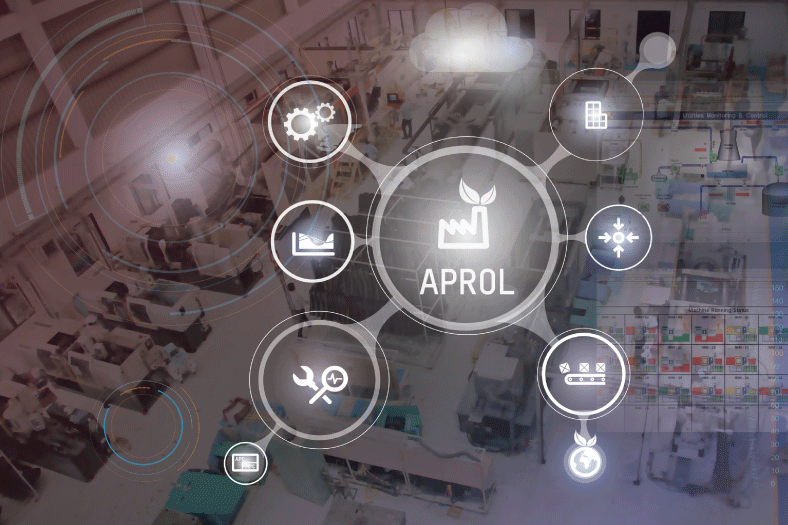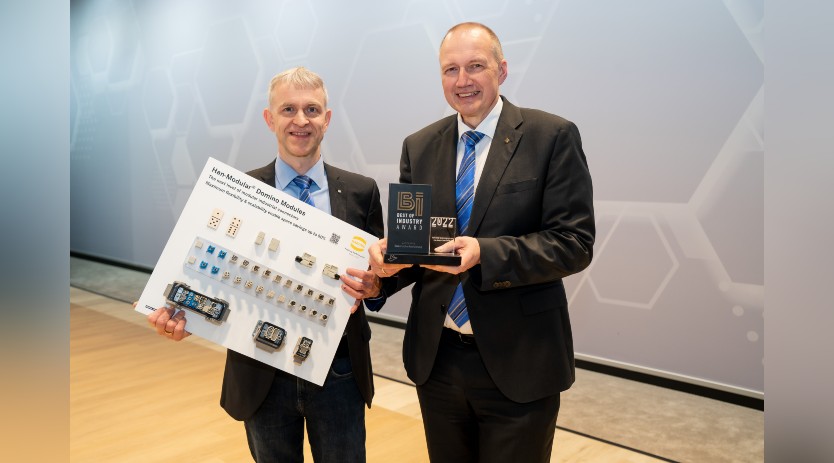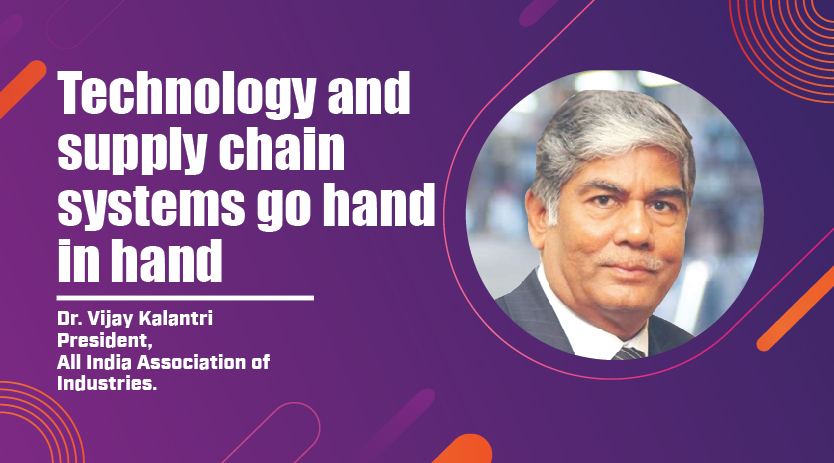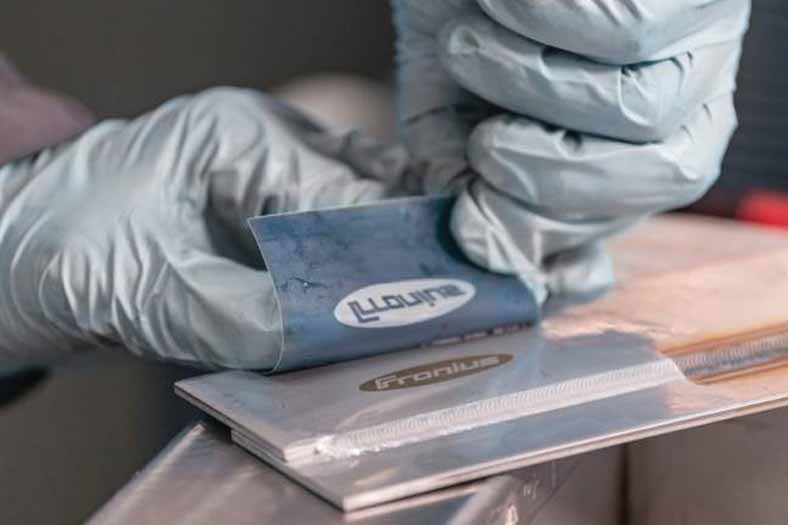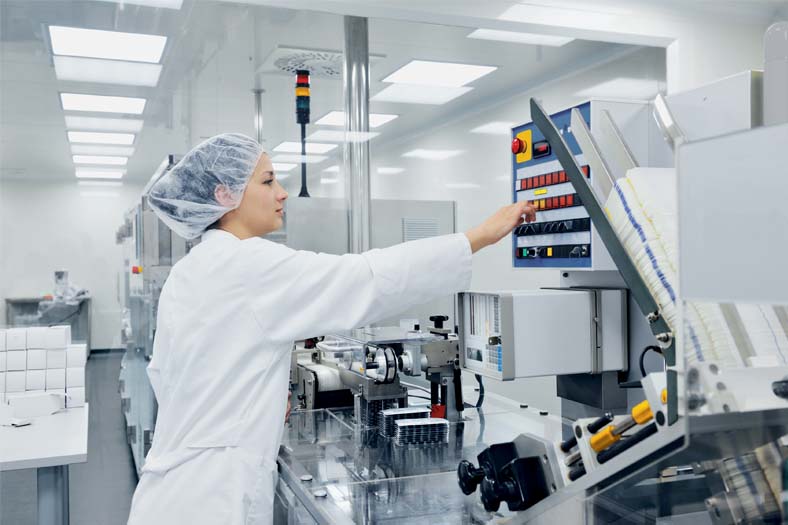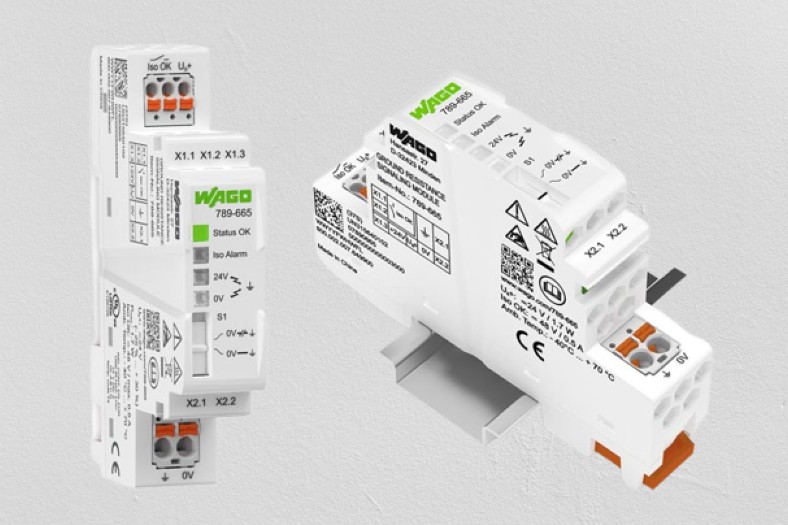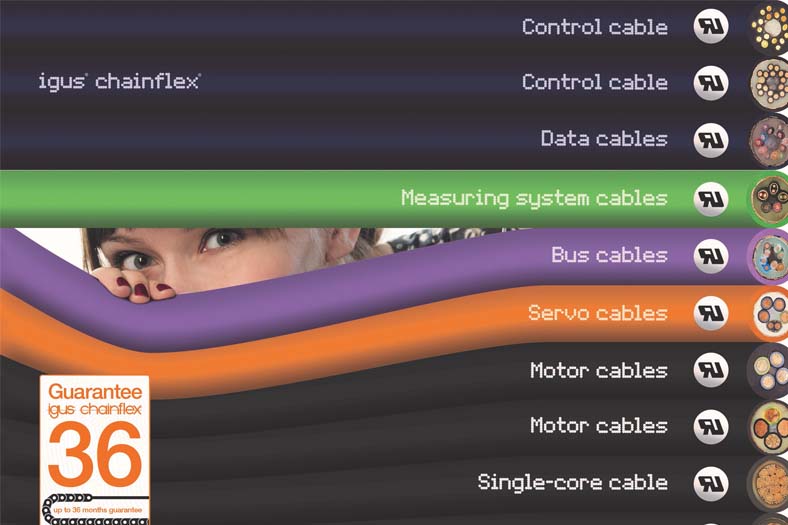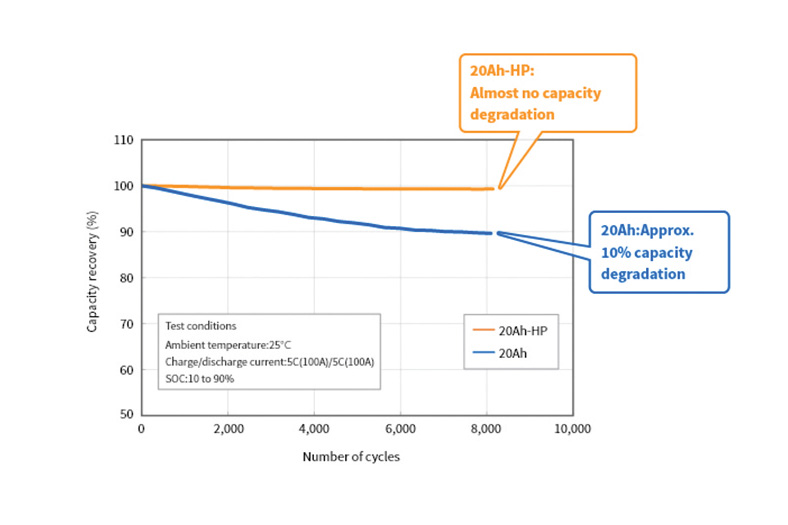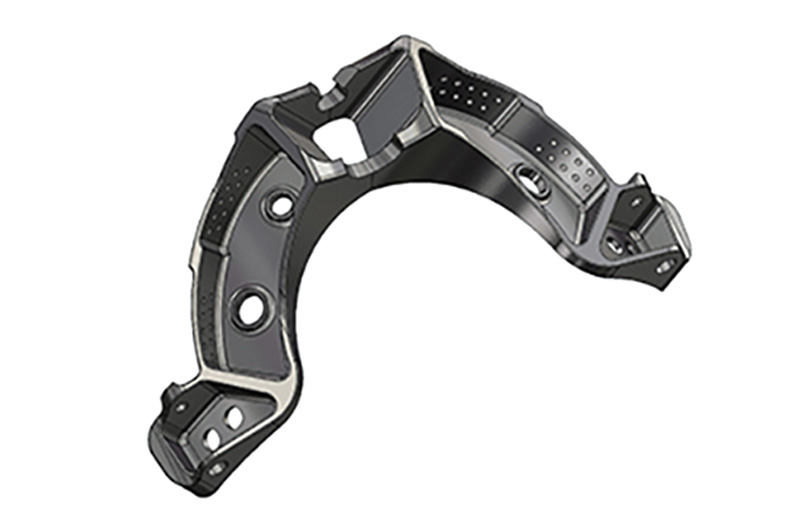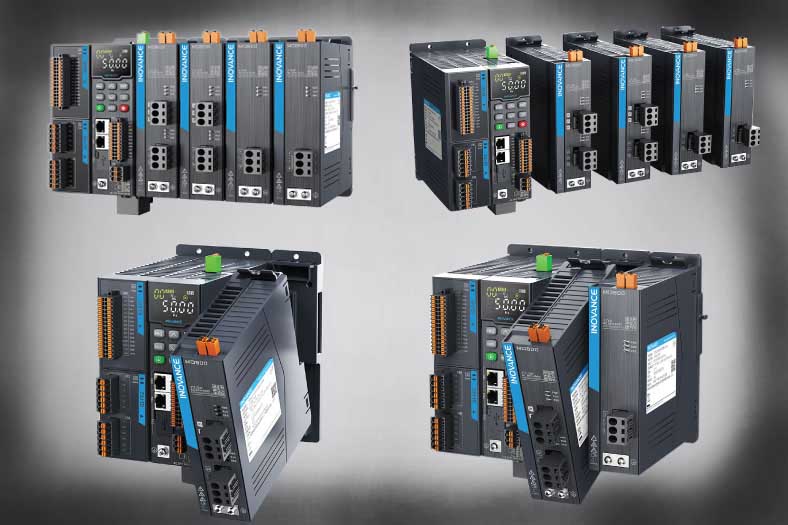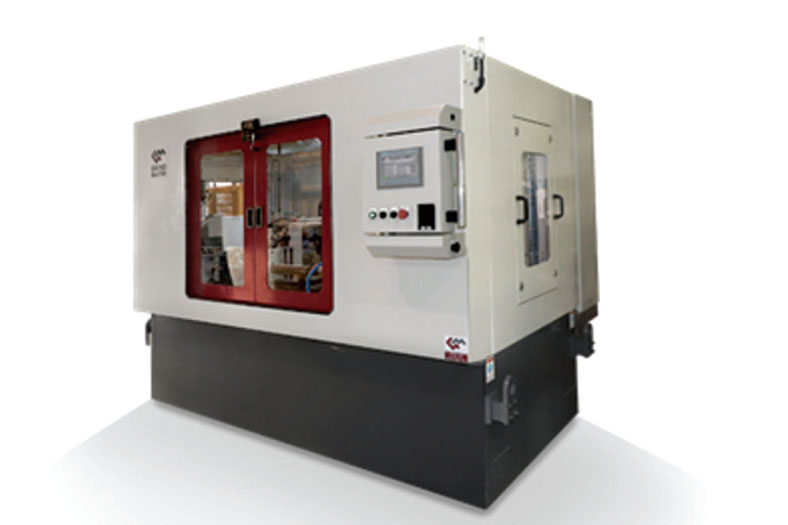An architectural marvel for factories
By OEM Update Editorial April 13, 2019 12:24 pm IST
Manufacturers around the globe aspire to build a new generation of smart factories. India’s producers are no exception, moving from evaluation to implementation of advanced technologies that will make them ready for the future. Plastech Solutions has emerged as a leader by combining these advancements into a fully integrated system. To achieve this level of integration, they needed a robust, modular and scalable automation solution. They placed their trust in B&R’s APROL, as it was a perfect fit for all these requirements.
Plastech Solutions has four manufacturing units at various locations in Pune, specialising in plastic components for the automotive, switchgear, aerospace and infrastructure industries as well as for consumer appliances. The company also has an automation division, which caters to the requirements of factories seeking to replace legacy controllers with the latest machine and motion control solutions or to upgrade machines for improved energy efficiency. As a hub of India’s automotive industry, Pune provides a great platform for Plastech solutions. They are tier 2 suppliers for various well-known Indian and multinational automotive manufacturers.
Capturing losses for improvement
Everyone seeks to increase profitability and reducing losses plays a vital role in that equation. A factory can be plagued by a variety of losses, which, if permitted to go unnoticed, can impact profitability in a big way. “Our factory has been running for over 12 years, and we were pleased with its productivity,” says Plastech Founder and CEO, Ajay Zod.
“In our constant pursuit for improving our production processes, however, we implemented a robust loss monitoring solution,” he shared. The solution aimed to reduce losses incurred through production and inventory as well as the consumption of raw materials and energy. Plastech observed that compared to planned production the factory was running at only 60 per cent efficiency – with the reason for wastage untracked. On many occasions, multiple motors were operational even when the respective machine was idle. Such instances lead to wasted energy and had a strong impact on profitability.
Integrated plant
Plastech has since transformed its manufacturing unit into a true smart factory. The plant currently has 40 injection molding machines capable of manufacturing products and components from 40 different molds. Not only has Plastech integrated communication between these shop floor systems and its IT systems – they have also integrated utilities, inventory management, finance management, infrastructure automation, OEE, operations and sales into a single system.
They also plan to connect and integrate four manufacturing plants at various locations. The factory automation system monitors every machine on the shop floor and connects it to a central system. The data gathered is utilised to calculate the overall equipment effectiveness (OEE) for each machine.
Machine output is identified as either good or bad product and either rejected for scrap or selected for dispatch accordingly. A grinder on the shop floor converts rejected products into granules, which are reused for new products. This step saves a great deal of raw material.
The factory smoke and fire systems are also integrated in the same central automation system, enabling the detection of fire and in turn, controlling water. The cooling water needed for various machines is also monitored by the factory automation system. The cooling tower is monitored for both temperature and pressure. The main factory gate is monitored by an IP camera, also integrated in the factory system. When the gate is open, footage captured by the IP camera is logged in the factory automation system.
A comprehensive overview of all monitoring activity is available to management. Various trend charts provide a visual display of the monitored machines and utilities. “We have connected and integrated all possible components in our factory, and all of them are monitored 24/7. This has helped us achieve higher productivity and OEE while also reducing wastage, inventory costs and losses,” says Zod.
APROL for better OEE
Architectural marvelThe shop floor consists of machines from multiple vendors, making it challenging to gather data. APROL connects to B&R smart molds, multi-vendor machines and SCADA systems via Ethernet and OPC UA. Controllers without native connectivity options are connected using add-on X20 I/O modules and parallel wiring. Utilities are controlled and monitored via X20 I/O modules connected in a decentralised architecture.
An Automation PC 910 runs a Linux operating system, an APROL engineering server and a runtime server. It is connected to the operator station situated centrally in the control room overlooking the shop floor. The decentralised architecture helps in connecting individual machines and utilities to the central Automation PC 910.
The X20 I/O modules are connected via an open source, deterministic, vendor-independent POWERLINK network. This reduces cabling and maintenance effort in the factory and improves diagnostics. The Automation PC 910 also provides long-term storage of historical data and reports.
Plastech has the option of further increasing storage space by using cloud services. APROL can easily connect to various cloud platforms using open protocols, such as, OPC UA, MQTT and AMQP. The modular X20 I/O system makes it easy for the company to choose the specific I/O functionality needed for each utility and machine. This reduces costs and adds flexibility to the process and data acquisition system.
“B&R’s powerful hardware and software has impressed us,” confirms Zod. Support for open source solutions like Linux, POWERLINK and OPC UA helps Plastech remain vendor independent at the machine, factory and cloud level. The APROL EnMon solution is currently used to monitor energy consumption throughout the plant. The X20AP3131 energy metering module provides a compact connection for incoming supply. This reduces additional cost of system components and allows Plastech to easily integrate solutions right out of the box.
Looking to the future
“We have successfully deployed APROL in our manufacturing facility and have already seen the benefits,” says Zod. “We are planning to leverage these benefits for our other manufacturing units by connecting all our sites together.” The performance metrics calculated by APROL provide Plastech with helpful information about shop floor operations. Having all elements of the factory integrated in a single system and data available at one location is one of the numerous benefits achieved. “In the future, we plan to add energy monitoring for individual machines and utilities so that we get individualised data. We are also looking at integrating condition-based Predictive Maintenance in all our machines using APROL ConMon solution,” he concluded.
For more details, visit www.br-automation.com
Cookie Consent
We use cookies to personalize your experience. By continuing to visit this website you agree to our Terms & Conditions, Privacy Policy and Cookie Policy.



